Why Living in the Byzantine Empire Really Sucked
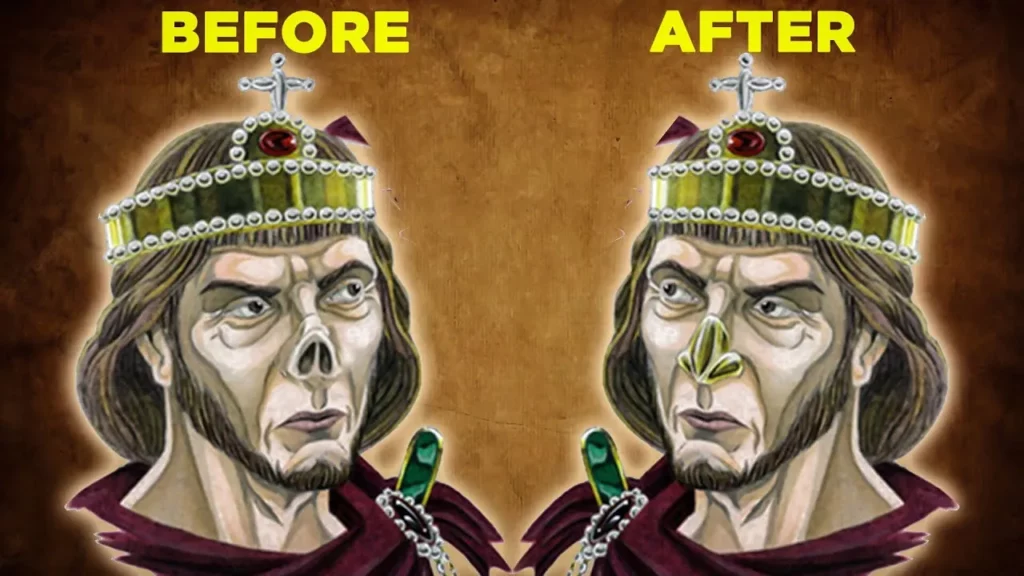
The lesson explores the challenges of living in the Byzantine Empire, highlighting the harsh punishments used by emperors to maintain control and prevent uprisings. It discusses the significance of physical appearance, particularly the nose, in political legitimacy, and recounts the story of Justinian II, whose disfigurement symbolized the brutal nature of Byzantine politics. Common punishments included maiming, blinding, and castration, which were often viewed as more humane alternatives to execution by the populace.
The "Filthy" Secrets of the Victorian Era
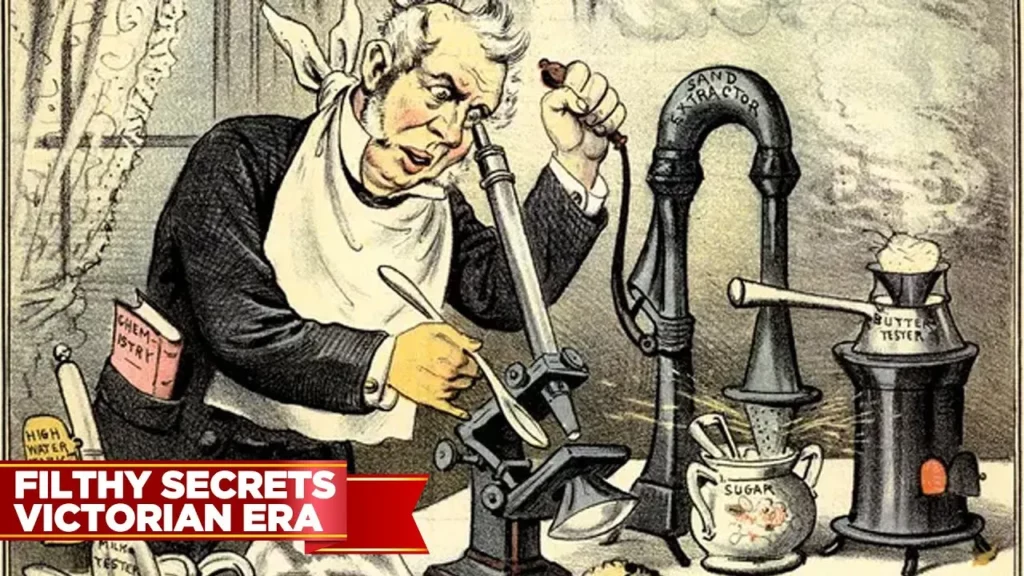
The Victorian era was marked by a striking contrast between societal sophistication and underlying issues, including food and water safety concerns, technological hazards, and impractical fashion. Despite the era’s advancements, such as modern plumbing and electricity, many faced health risks from contaminated food and inadequate sanitation, exemplified by the cholera outbreak of 1858. Additionally, societal expectations placed women in restrictive roles, while the pursuit of beauty often involved harmful practices, revealing the complexities of this intriguing historical period.
Why You Wouldn't Survive Life in Mongol China
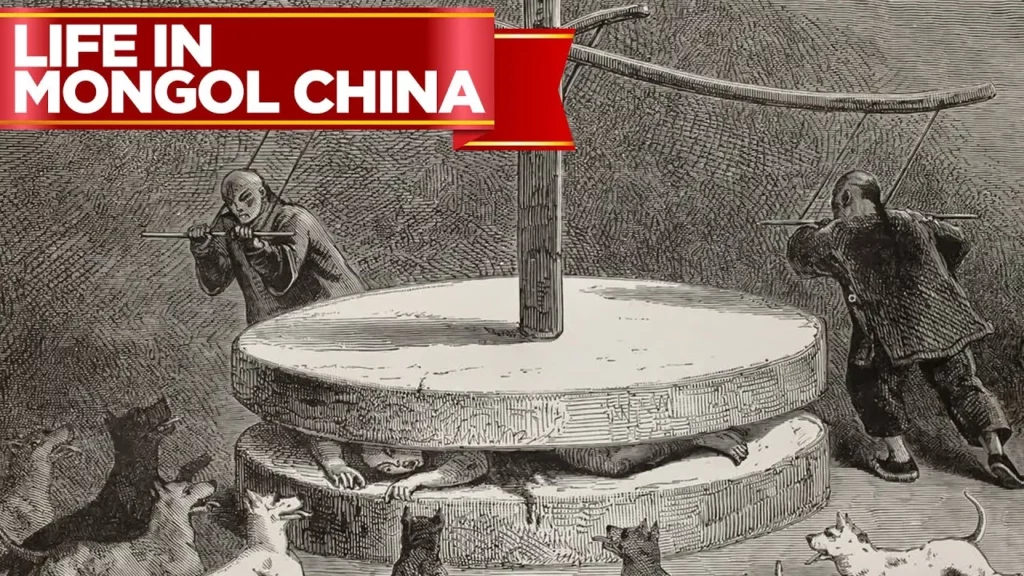
The lesson explores the challenges of life in Mongol China during the era of Genghis Khan and his descendants, who established a vast empire through military conquests. While the Mongols were skilled warriors and effective rulers, their invasions led to widespread devastation, starvation, and suffering for many people, particularly in the conquered regions. The lesson highlights the complexities of Mongol rule, including their military strategies, the eventual decline of the Yuan Dynasty, and the lasting impact of their reign on history.
Weird Things You Did Not Know about Queen Victoria
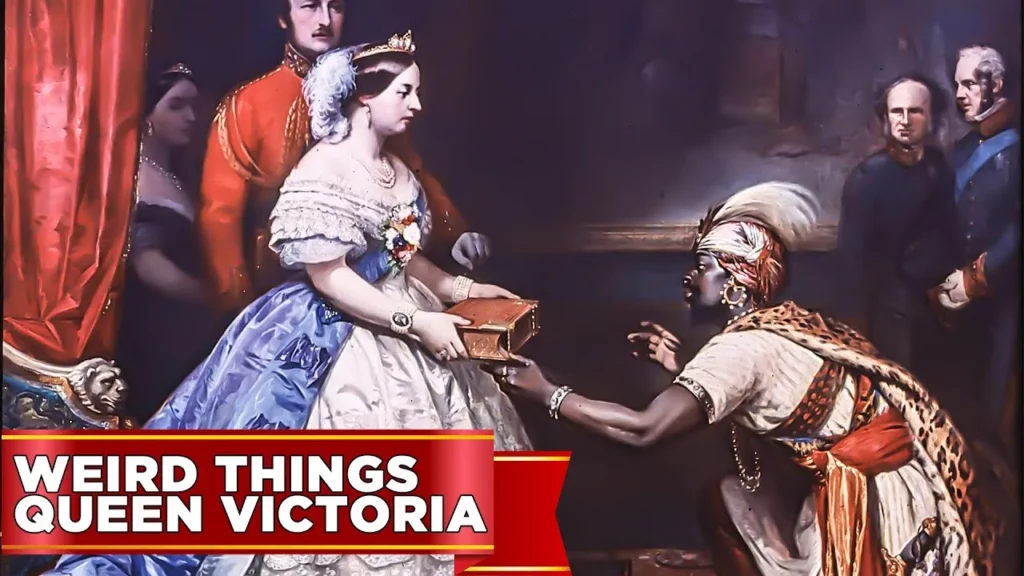
The lesson explores intriguing aspects of Queen Victoria’s life, highlighting her reign as the longest-serving British monarch before Queen Elizabeth II, her birth name Alexandrina Victoria, and her significant impact on wedding traditions with her choice of a white wedding dress. It also delves into her personal experiences, including the challenges she faced as a monarch, her loving yet complicated marriage to Prince Albert, and her influence on Christmas traditions, all while navigating the dangers of her position and the legacy she left behind.
What Beauty was like in Genghis Khan's Era

The lesson explores the unique beauty standards of the Mongol Empire during the 13th century, highlighting how they differed from those of contemporary societies. Unlike the restrictive beauty norms prevalent in the West and Asia, Mongol culture valued intelligence, strength, and hard work over physical appearance, while still incorporating distinctive beauty practices such as the use of natural cosmetics and elaborate hairstyles. Overall, the Mongols exhibited a progressive perspective on beauty, emphasizing character and capability alongside aesthetic appeal.
Filthy Things During Antiquity

The lesson explores the societal expectations and experiences of single individuals in ancient civilizations, particularly focusing on Greece, Rome, Egypt, and India. It highlights the transition to adulthood for young men, including ceremonial rites and the pressures to marry, while also discussing the cultural nuances of bachelorhood, mentorship, and the role of women in these societies. Ultimately, it invites reflection on how dating and relationships in antiquity compare to modern times.
Filthy Secrets Native Americans Don’t Like to Talk About
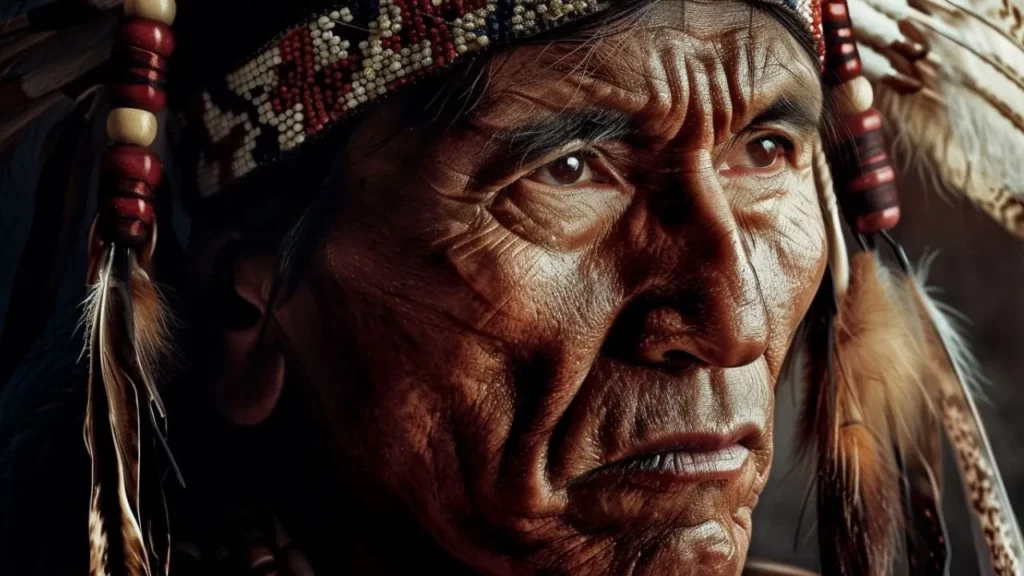
The lesson discusses the Indian Removal Act of 1830, which led to the forced relocation of Native American tribes, resulting in tragic events like the Trail of Tears. It highlights the struggles faced by various tribes, including the Choctaw, Potawatomi, Navajo, Seminole, and Creek, as they endured harsh conditions, broken treaties, and cultural assimilation efforts. The lesson emphasizes the historical injustices and ongoing challenges faced by Native Americans due to U.S. expansion and policies.
Creepy Things About Japan’s Most EVIL General During WW2
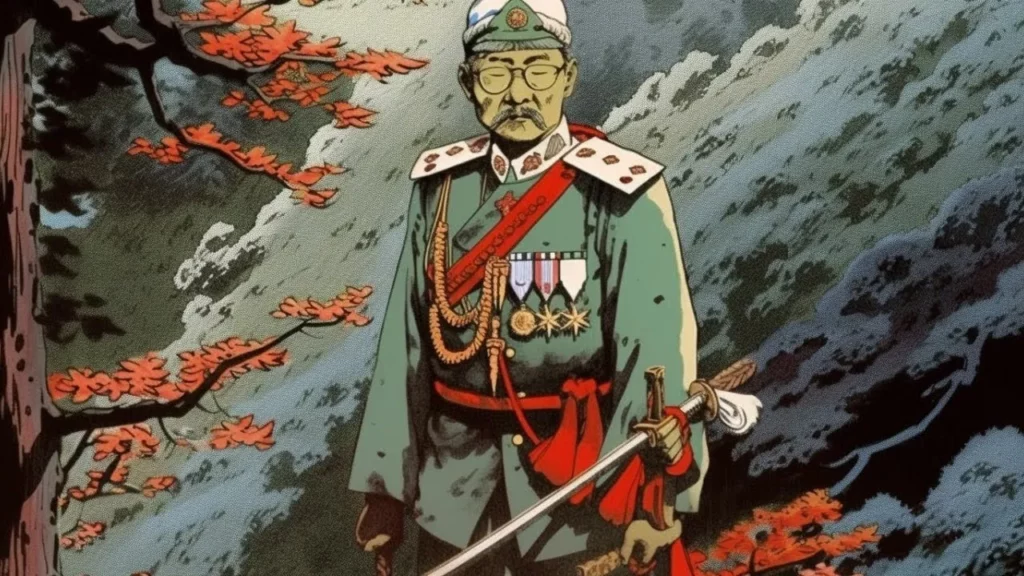
The lesson explores the life and actions of Hideki Tojo, Japan’s General and Prime Minister during World War II, highlighting his role in significant wartime atrocities and military strategies, such as the Nanjing incident and the attack on Pearl Harbor. It discusses his beliefs in Japanese superiority, his ruthless leadership style, and the consequences of his overconfidence, which ultimately contributed to Japan’s defeat and the subsequent changes in the country post-war. Tojo’s trial and execution for war crimes serve as a somber conclusion to his controversial legacy.
Creepy Things that were “Normal” for Goths
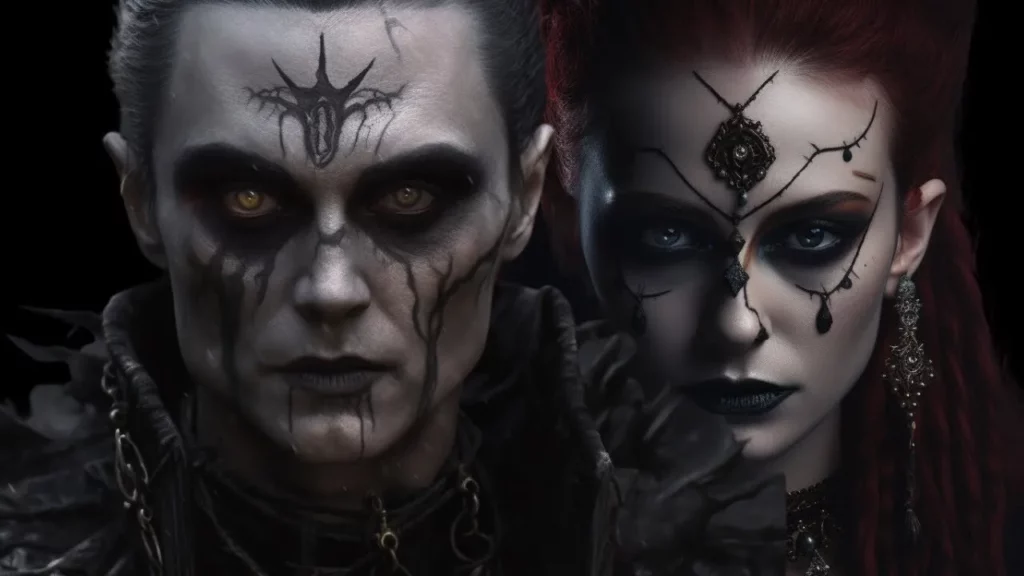
The lesson explores the ancient Germanic tribes known as the Goths, who significantly impacted the Roman Empire and European history. It details their migration, conflicts with Rome, the eventual sacking of Rome by the Visigoths, and the establishment of Gothic kingdoms that preserved Roman culture while contributing to the empire’s decline. Despite their mysterious origins and often barbaric portrayal by Romans, the Goths left a lasting legacy in shaping the cultural and historical landscape of Europe.
The Man Who Broke Into Buckingham Palace TWICE!
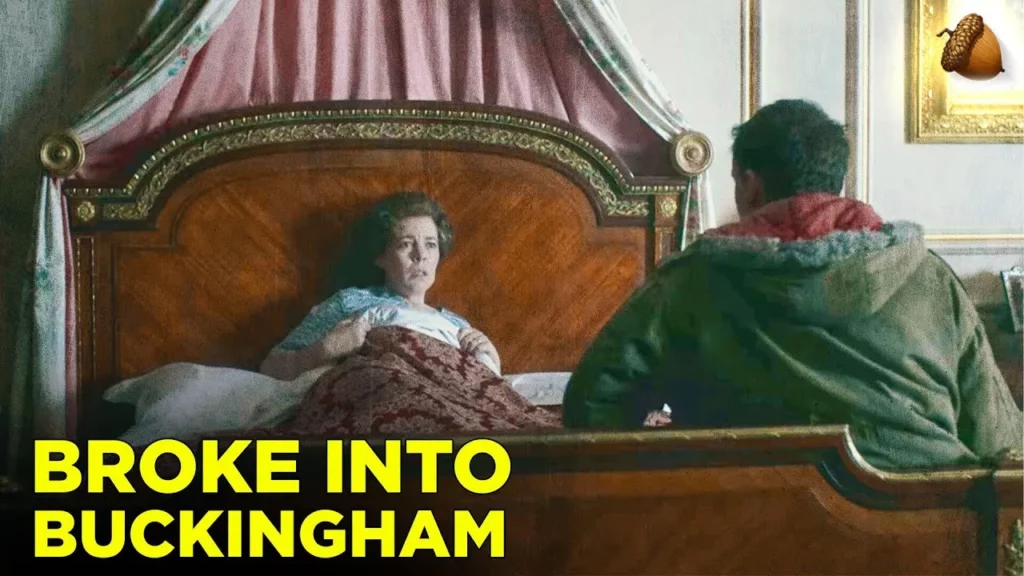
The lesson recounts the astonishing true story of Michael Fagan, who broke into Buckingham Palace twice in 1982, surprising Queen Elizabeth II during his first intrusion. Despite the palace’s tight security, Fagan managed to enter by climbing over walls and through unlocked windows, leading to a bizarre encounter with the Queen and a series of misadventures, including snacking on royal food. Ultimately, Fagan’s actions were deemed a civil offense, and he became a notorious figure in palace history.